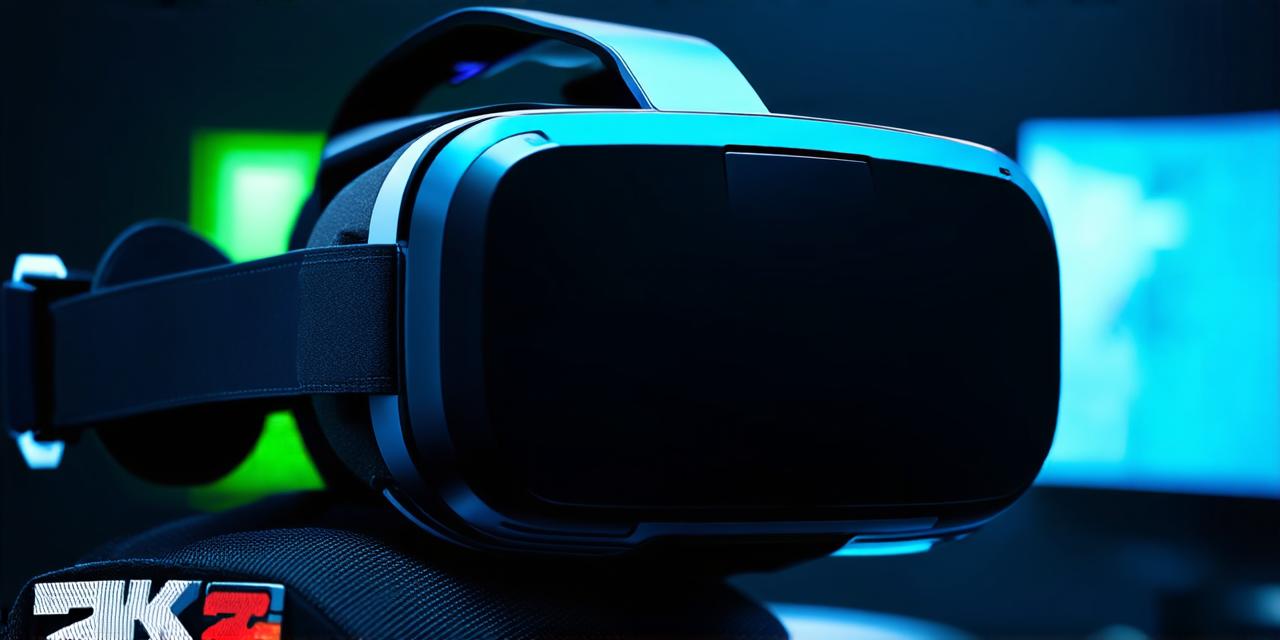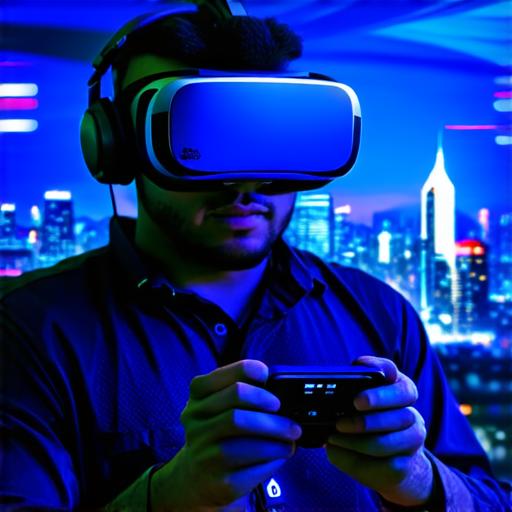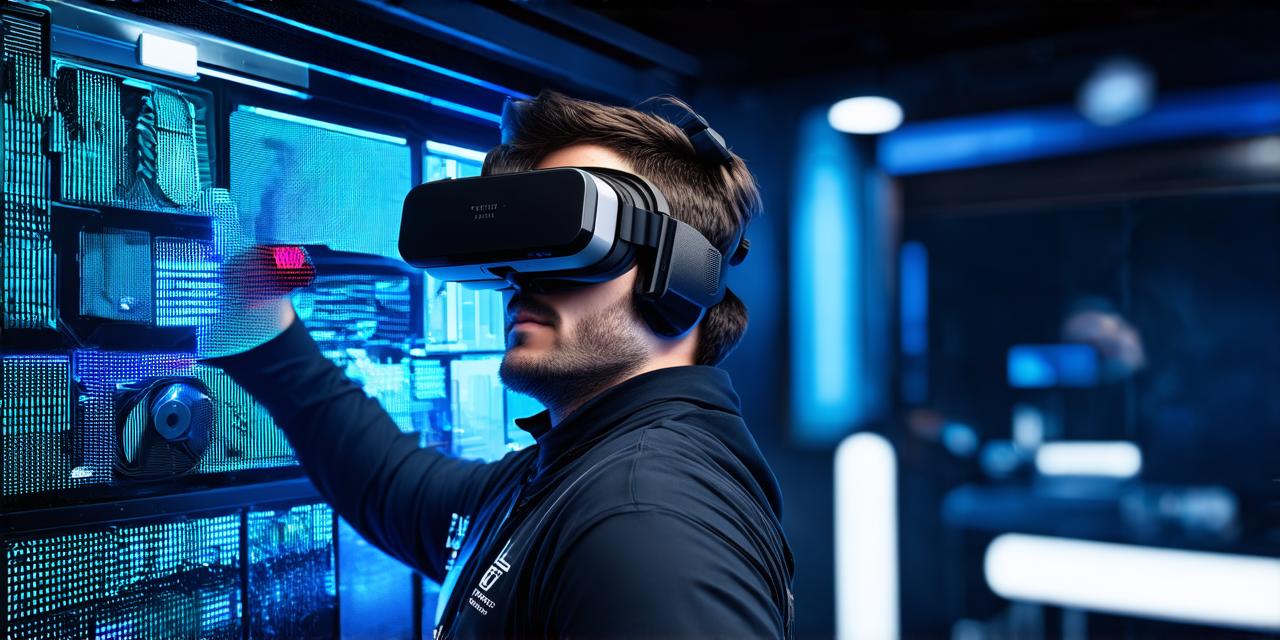
How does VR benefit consumers?

Virtual Reality (VR) technology has been evolving rapidly in recent years, and it is quickly becoming an integral part of our daily lives. From gaming to healthcare and education, VR has the potential to revolutionize a wide range of industries and improve the way we interact with the world around us.
Table of Contents
ToggleEnhanced Experiences
One of the most significant advantages of VR is its ability to enhance user experiences. By providing immersive and interactive environments, VR allows users to experience things that they may not have been able to otherwise. For example, gamers can explore new worlds and engage with characters in ways that were previously impossible. Similarly, architects and interior designers can create virtual models of buildings and rooms, allowing clients to visualize and test different designs before making any changes.
Improved Training and Education
Another area where VR has the potential to benefit consumers is in training and education. By creating realistic simulations, VR allows users to practice skills in a safe and controlled environment. For example, medical students can perform surgeries virtually, while pilots can simulate flights in a controlled environment. This type of training can be especially useful for industries where mistakes can have serious consequences.
Reduced Costs
VR technology can also help reduce costs for consumers. By providing virtual alternatives to physical products and services, VR can reduce the need for expensive hardware and materials. For example, instead of buying a physical model of a product, a customer can use a VR simulation to test it out before making a purchase. This type of virtual testing can save companies money on production and shipping costs while also reducing waste and environmental impact.
Increased Accessibility
Finally, VR technology can increase accessibility for consumers with disabilities or limited mobility. By providing virtual environments that are easy to navigate and control, VR can help people with mobility impairments experience things that they may not have been able to otherwise. For example, individuals with spinal cord injuries can use VR to simulate physical activities such as walking or running. This type of therapy can improve their overall health and quality of life.
Summary
In conclusion, virtual reality technology has the potential to benefit consumers across various sectors. From enhanced experiences and improved training and education to reduced costs and increased accessibility, VR can make our lives easier, more efficient, and more enjoyable. As the technology continues to evolve, we can expect to see even more innovative applications in the years to come.

